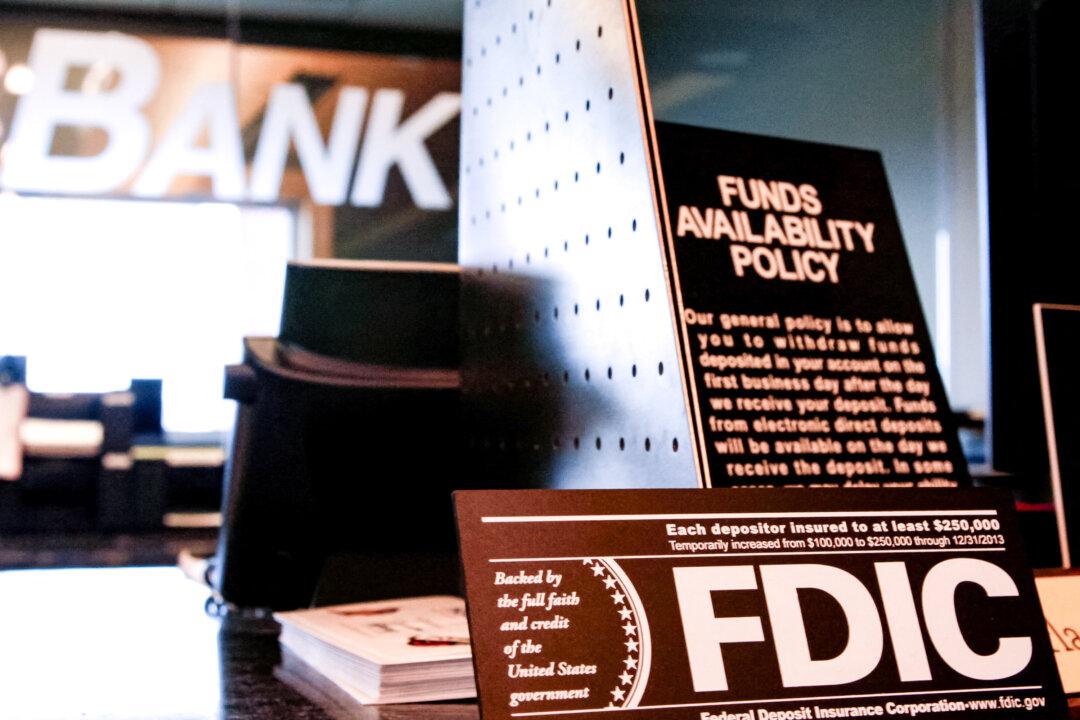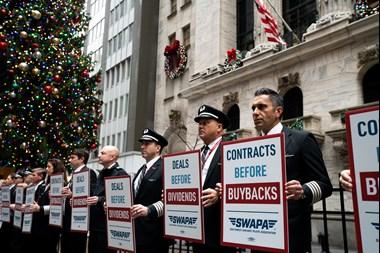NEW YORK (May 12)—April Consumer Price Index (CPI) inflation printed at an 8.3 percent, year-on-year, yesterday morning, down from 8.5 percent in March, but 2/100ths (or “20 bps”) higher than the market consensus estimate of 8.1 percent. Core inflation, which includes all items, less food and energy, came in at 6.2 percent, down from 6.5 percent in March, but also 20 bps above the consensus estimate. Market futures, which had been up before the release, did a “U-Turn” and moved lower, but then moved higher at the open. The 10 year spiked at 3.076 at the release, before moving sharply lower at around 9:00 a.m. as investors assessed the release more fully. (When rates go up, bond prices fall because bond prices have a negative correlation with rising rates.) Wednesday’s auction of the 10 year yielded 2.943 percent, the highest since 2018.
The granular data showed large annual increases in basic living expenses like food (10.8 percent for food at home) and fuel oil (80.5 percent). See the detail below.





